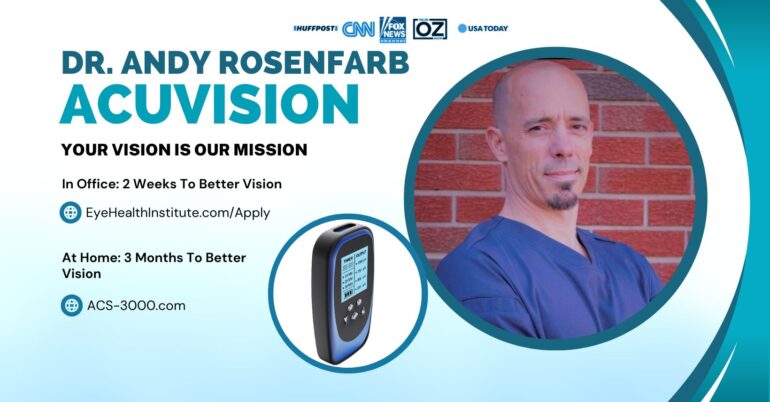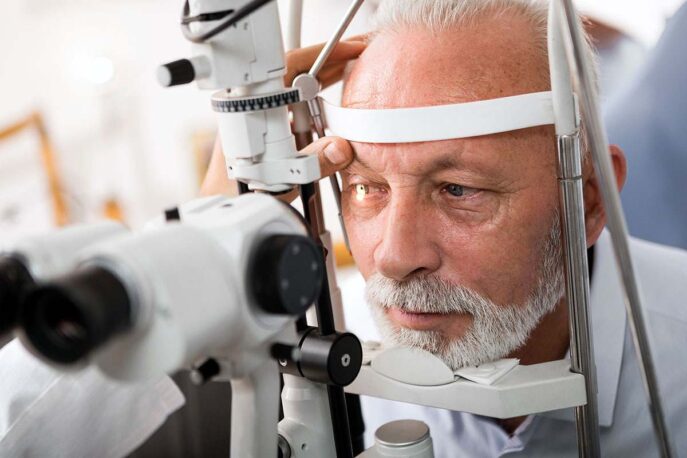
Are you struggling with cataracts and looking for a natural treatment? Look no further! In this article, we will delve into the world of natural remedies that can help improve cataract symptoms and potentially slow down their progression. Cataracts, a common age-related condition, cloud the lens of the eye, leading to blurry vision, double vision, and sensitivity to light. While surgery is often recommended, many individuals prefer exploring alternative options to manage or prevent cataracts. Our brand advocates a holistic approach to eye health, prioritizing natural remedies and lifestyle changes. From antioxidant-rich foods to eye exercises and specialized supplements, we will explore various tactics that may support overall eye health and potentially reduce cataract formation. Remember, it’s essential to consult with your eye care professional before starting any new treatments. So, let’s dive in and discover the power of Mother Nature in combating cataracts naturally.
Cataracts are a common eye condition that affects millions of people worldwide. They occur when the lens of the eye becomes cloudy, leading to impaired vision. The lens, normally clear and transparent, helps focus light onto the retina at the back of the eye. However, as we age, the proteins in the lens can clump together, forming cloudy areas known as cataracts. This clouding obstructs the passage of light, resulting in blurry or hazy vision. Cataracts can develop in one or both eyes and typically progress slowly over time. While age is the primary risk factor for cataracts, other factors such as genetics, smoking, excessive sun exposure, and certain medical conditions like diabetes can also contribute to their development.
Cataracts affect people of all ages, but they are most commonly found in older individuals. By the age of 80, more than half of Americans either have cataracts or have undergone cataract surgery. The condition can significantly impact daily activities and quality of life, making it important to explore treatment options, both conventional and natural, to manage and potentially prevent cataracts.
Although aging is the primary cause of cataracts, several other factors can increase the risk of developing this eye condition. These include:
By being aware of these risk factors, individuals can take proactive steps to reduce their likelihood of developing cataracts. Additionally, incorporating natural treatments and lifestyle changes can further support eye health and potentially slow down the progression of cataracts.
Cataracts can manifest in various ways, and the symptoms experienced by individuals may vary. Some common symptoms of cataracts include:
It’s important to note that these symptoms can also be indicative of other eye conditions, so it’s crucial to consult with an eye care professional for an accurate diagnosis.
If you suspect you have cataracts or are experiencing any changes in your vision, it’s essential to consult with an eye care professional for a proper diagnosis. During a comprehensive eye examination, your eye doctor will assess your visual acuity, examine the lens for signs of clouding, and evaluate the overall health of your eyes. They may also dilate your pupils to get a better view of the lens and retina. Based on the findings, your doctor can confirm the presence of cataracts, determine their severity, and recommend appropriate treatment options.
Cataracts can be classified into different types based on their location and cause. The most common types include:
Understanding the type of cataract you have can help guide your treatment options and determine the most suitable natural remedies to explore.
While surgery is the most common treatment for cataracts, many individuals prefer to explore natural alternatives to manage or potentially slow down their progression. It’s essential to note that natural treatments may not completely reverse or eliminate cataracts, but they can help support overall eye health and potentially reduce symptoms. Let’s explore some natural treatment options for cataracts:
Acupuncture, a traditional Chinese medicine practice, involves the insertion of thin needles into specific points on the body to stimulate energy flow and promote healing. Some studies suggest that acupuncture may have a positive effect on cataracts by improving blood circulation and reducing oxidative stress in the eyes. While more research is needed to establish its efficacy, acupuncture is generally considered safe when performed by a qualified practitioner. It’s important to consult with your healthcare provider before considering acupuncture as a treatment option for cataracts.
Traditional Chinese medicine (TCM) has a long history of using herbs to support eye health and treat various eye conditions, including cataracts. Several Chinese herbs are believed to have antioxidant and anti-inflammatory properties that may help slow down the progression of cataracts. However, it’s crucial to consult with a qualified TCM practitioner or herbalist who can provide personalized recommendations and ensure safe usage.
Certain nutritional supplements have been studied for their potential benefits in supporting eye health and potentially reducing the risk of cataracts. These supplements often contain a combination of vitamins, minerals, and antioxidants that help protect the eyes from oxidative damage.
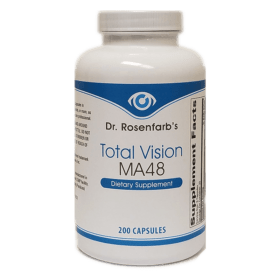

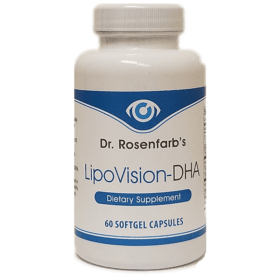
While it may not be possible to completely prevent cataracts, certain lifestyle changes can help reduce the risk of developing them or slow down their progression. Here are some tips for preventing cataracts:
In conclusion, cataracts are a common age-related eye condition that can significantly impact vision and quality of life. While surgery is often recommended for cataracts, exploring natural treatment options can be a viable choice for those seeking alternatives.
From acupuncture and Chinese herbs to nutritional supplements and lifestyle changes, there are various natural remedies that may support overall eye health and potentially slow down cataract progression.
For personalized guidance and holistic eye care, consider reaching out to Dr. Rosenfarb at AcuVision Acupuncture. His expertise in integrating acupuncture and natural treatments with conventional approaches for the natural treatment of cataracts can provide comprehensive support for your eye health journey.
